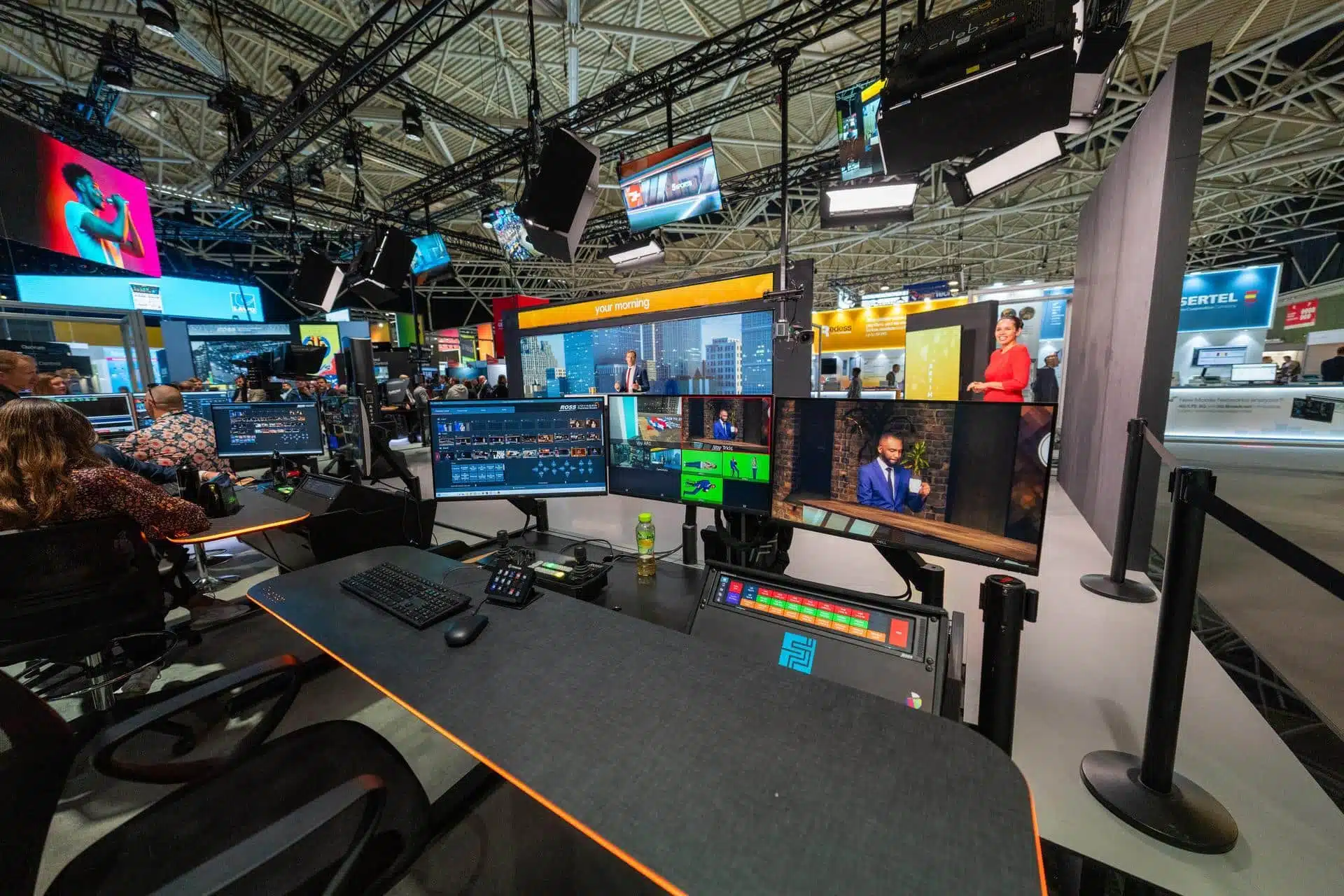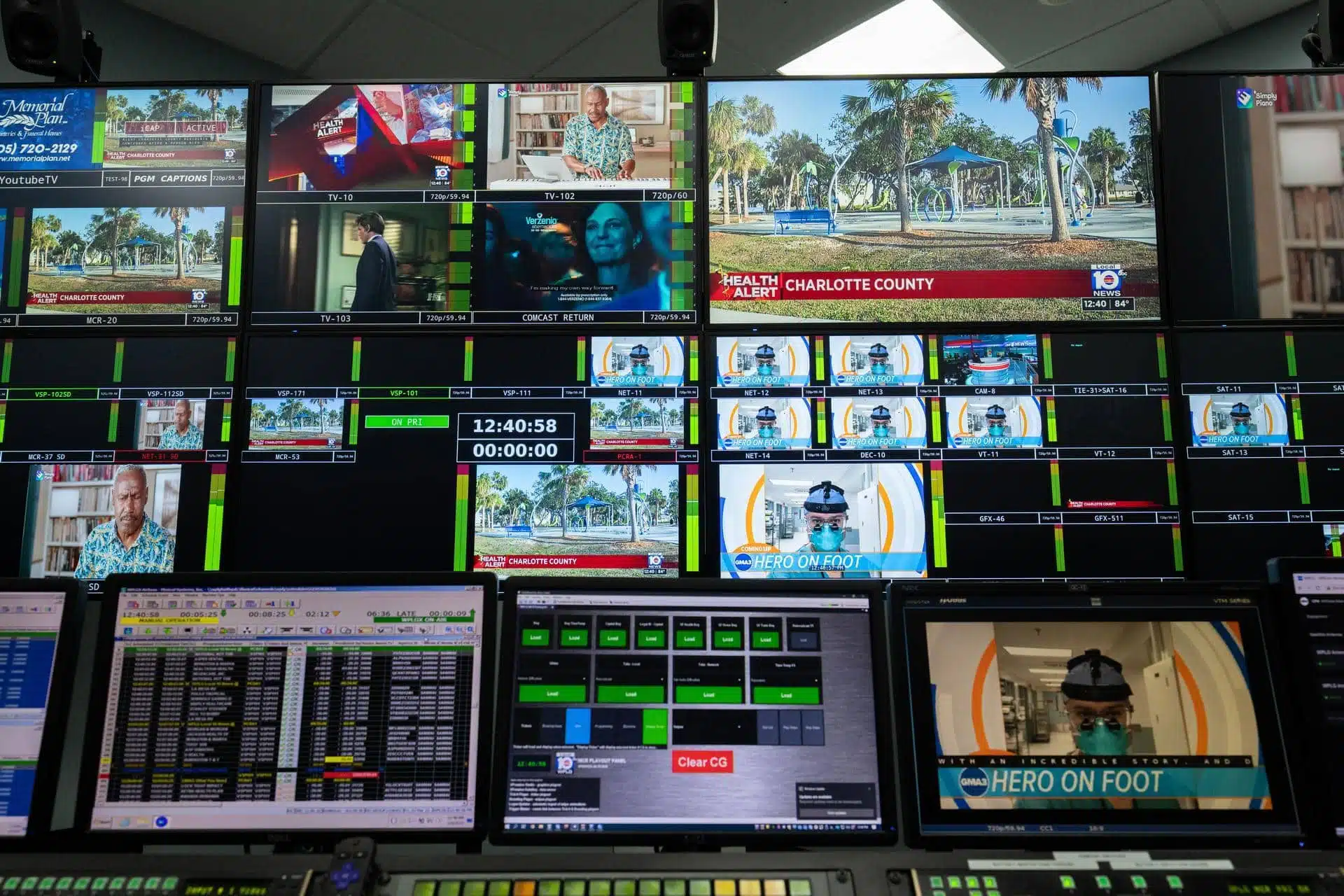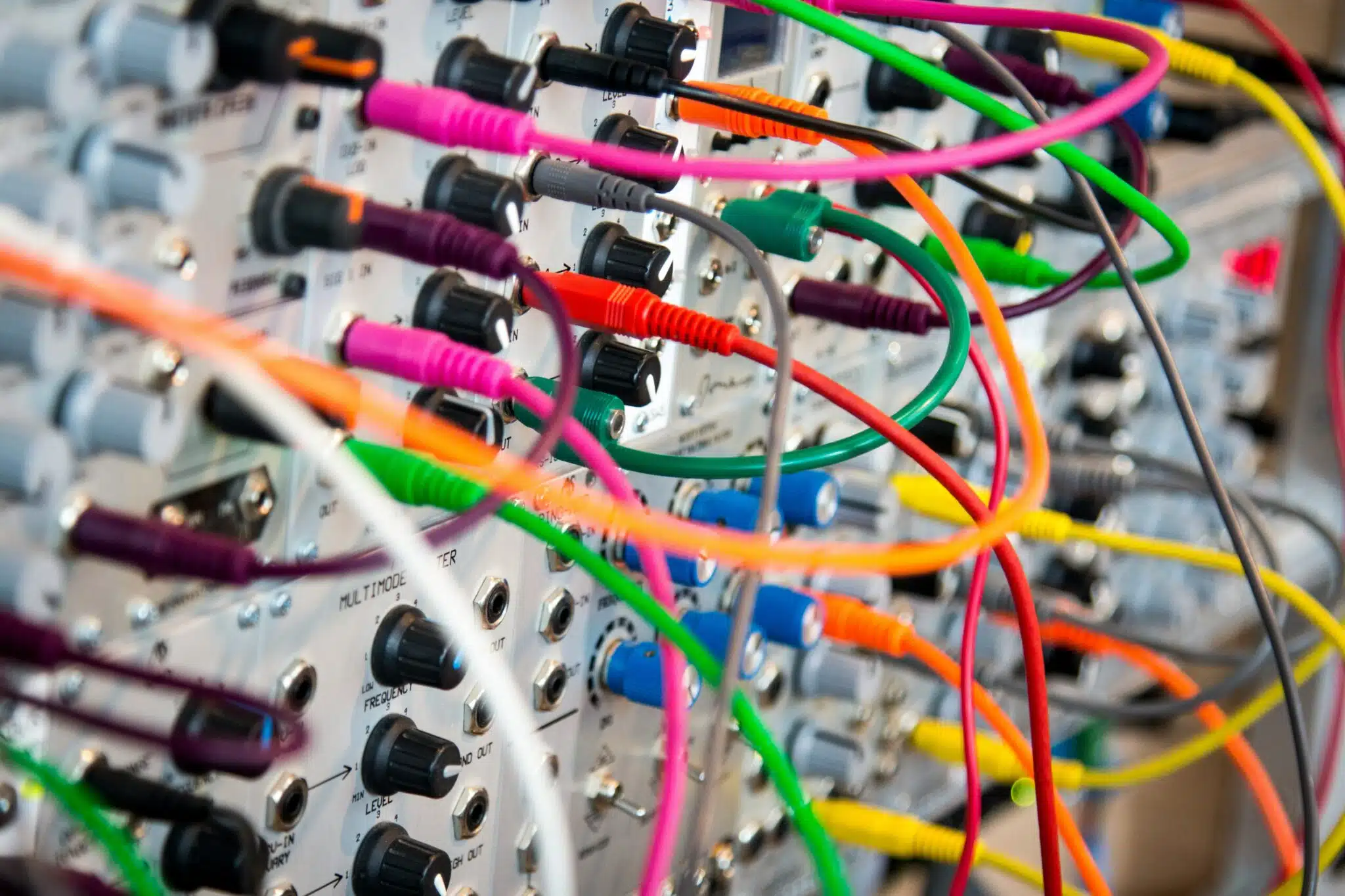Facial recognition and tracking are used in many aspects of our day-to-day lives. In broadcast applications, this technology can be used to save time and resources, while also allowing broadcasters to produce more innovative, creative and engaging content for their various platforms. Consider the typical broadcast application in structured news broadcasting, where robotic camera systems have been used for over 40 years.
Here are five different ways that facial tracking technology can assist the operators in these settings.
For the majority of news broadcasts, the primary focus of the show is the on-air talent. Many of the talent today have unique personalities, and this keeps the broadcast engaging and entices viewers to keep watching. Some are very animated and move around quite frequently, and while this may make the broadcast more lively, it doesn’t make it easy for the camera operators who are tasked with keeping them in the frame. When using a facial tracking system, the artificial intelligence (AI) can be used to accurately keep the talent in a specific frame and in focus. This frees up the camera operator’s time to prepare and frame the next shot.
A broadcast’s talent may be flamboyant and energetic, but as a viewer, you don’t always want the video to be continuously moving around. This constant motion can be jarring and make it difficult to keep track of what’s happening on-screen. By using a flexible, AI-based facial tracking control system, the operator is able to tune the system so that it provides the desired type of movement based on the situation. This can be slow, gentle movements that only start when the talent moves far enough, or faster, more responsive movements when trying to maintain tighter framing on the subject. This allows the operator to maintain just the right amount of camera movement under a wide variety of conditions.
If a broadcast uses a variety of different talent and camera operators on a day-to-day basis, the robotic control system can become cluttered with multiple shows and pre-sets. Using a framed pre-set to keep talent in the frame reduces the number of pre-set shots required, which makes it easier for the operators and the automation system if one is being used. Additionally, this also reduces both the number of pre-sets required to set up new shows and the requirements necessary to add or amend existing pre-sets.
Camera sequences or moves are often designed so that they provide the ‘money shot’, meaning a flashy creative movement during the show. These moves are visually impressive, but they can take a significant amount of set-up time to perfect. Also, issues may occur when the talent moves quicker or slower than planned or takes longer to finish a piece to air. Generally, manual intervention by the operator is required to compensate in these cases by adjusting part of the motion or sequence. With facial tracking engaged, the system and its AI can automatically compensate for most unplanned timings, which removes the burden from the operator.
When using a facial recognition system, the broadcast’s talent and guests can be properly identified and labeled within the system. This information can then be shared with other production systems and tools. These systems can then take this facial data and use it for various purposes, such as adding graphics to the broadcast that are specific to each person or ensuring that only approved people show up on the video. This is all done automatically, which frees up responsibility from the operator.
Facial tracking technology is part of many areas of our daily lives, and broadcast is no exception. These systems have the capability to provide major benefits to broadcasters and producers by simplifying production workflows, saving time, reducing costs, and more. Additionally, by eliminating the need for a camera operator to manually adjust for the position of the subject in the image, this allows the operator to focus on other aspects of the production. This gives the operator more freedom, resulting in a better overall show.
If you’re interested in facial recognition and tracking technology, Ross offers the Vision[Ai]ry Facial Tracking (Ft) system, which uses AI-based facial recognition to detect, locate and track the position of faces within the video stream directly from the camera. For more information on Vision[Ai]ry Ft, click here to visit our product page.
Have questions about adding facial tracking technology to your production? Our team can provide expert guidance and solutions to make your project a success. Email us: solutions@rossvideo.com.

Modern newsrooms are under pressure to deliver compelling content in an increasingly competitive media environment. Viewers expect more than just accurate reporting—they want visually engaging stories that …

Newsrooms today face an unprecedented challenge: capturing and maintaining viewer attention in an era of infinite distractions. From smartphones to streaming platforms, audiences have more options than …

How modern ingest and playout tools are driving the evolution of newsroom content supply chains and production workflows.